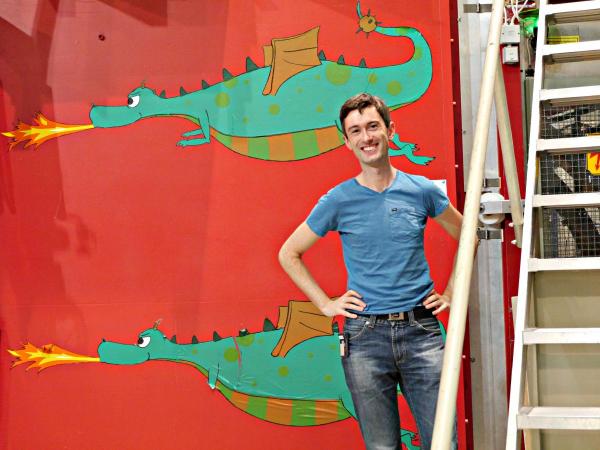
Michael Dunne
Michael Dunne
Max Planck Institute for Plasma Physics
Friday, October 6, 2017
3:00pm
Abstract: The pedestal, a narrow region of reduced transport at the edge of a tokamak plasma, has a critical role to play for the core performance. In addition, it is also the boundary of the plasma with the open field lines of the scrape-off layer where power and particles will be exhausted and transported to the plasma facing components. Understanding how the pedestal acts as a boundary condition for the SOL, and how the SOL influences the pedestal is becoming an ever more important factor for the design of fusion reactors.
By using predictive pedestal codes, based on ideal MHD theory, to test experimentally observed parameter dependencies, such as increased Zeff values or a shift of the location of the density gradient, key areas of concern for future experiments can be highlighted. In particular, the location of the density gradient is one of the largest factors, which impacts the pedestal height. This seminar will introduce some of the possible mechanisms for SOL-pedestal interactions and show experimental and modelling results from ASDEX Upgrade focusing on this area.
Bio: Mike Dunne graduated from Trinity College Dublin in 2009, specializing in astrophysics. He then moved to the University of Cork where, in collaboration with IPP-Garching, he worked on his PhD thesis, graduating in 2013. His work focussed on inter-ELM equilibrium reconstruction with the specific aim of determining the edge current density profile on an inter-ELM time scale at the ASDEX Upgrade tokamak. Since his PhD thesis, he has been employed at IPP-Garching and has continued this work and expanded it to MHD stability analysis. His focus in recent years has been on the impact of scrape-off layer parameters on pedestal and global performance.